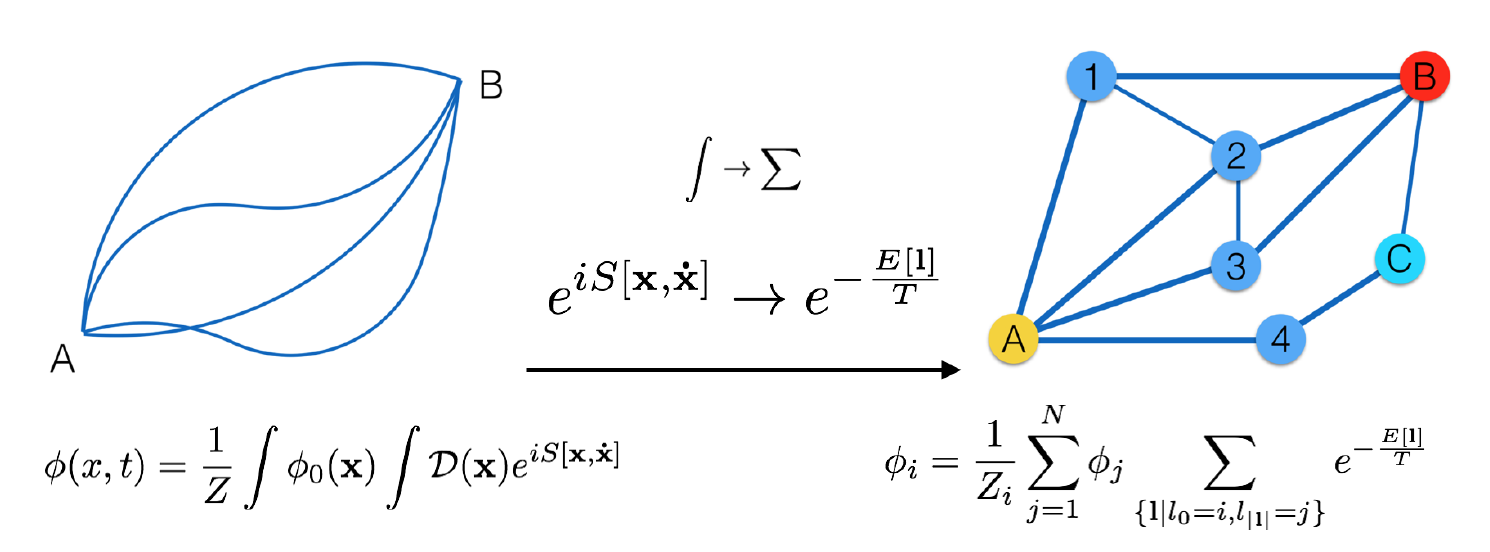Path Integral Based Convolution and Pooling for Graph Neural Networks
Graph neural networks (GNNs) extends the functionality of traditional neural networks to graph-structured data. Similar to CNNs, an optimized design of graph convolution and pooling is key to success. Borrowing ideas from physics, we propose a path integral based graph neural networks (PAN) for classification and regression tasks on graphs. Specifically, we consider a convolution operation that involves every path linking the message sender and receiver with learnable weights depending on the path length, which corresponds to the maximal entropy random walk. It generalizes the graph Laplacian to a new transition matrix we call maximal entropy transition (MET) matrix derived from a path integral formalism. Importantly, the diagonal entries of the MET matrix are directly related to the subgraph centrality, thus providing a natural and adaptive pooling mechanism. PAN provides a versatile framework that can be tailored for different graph data with varying sizes and structures. We can view most existing GNN architectures as special cases of PAN. Experimental results show that PAN achieves state-of-the-art performance on various graph classification/regression tasks, including a new benchmark dataset from statistical mechanics we propose to boost applications of GNN in physical sciences.
PDF Abstract NeurIPS 2020 PDF NeurIPS 2020 Abstract



 PointPattern
PointPattern
 AIDS
AIDS